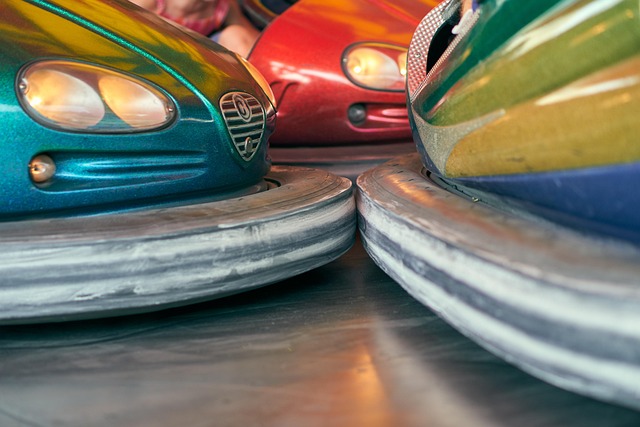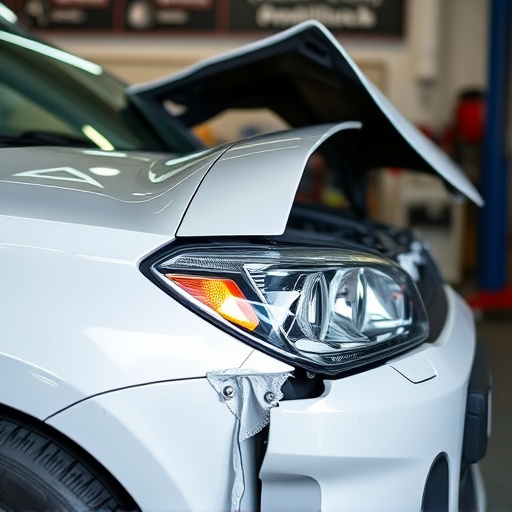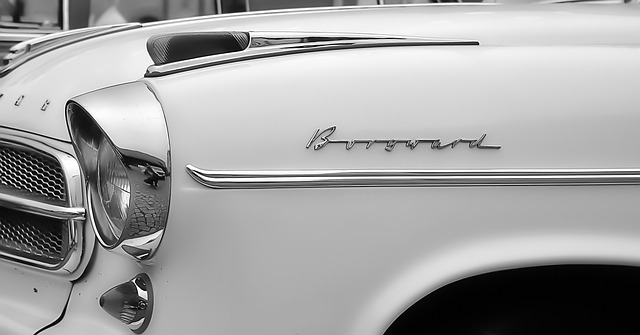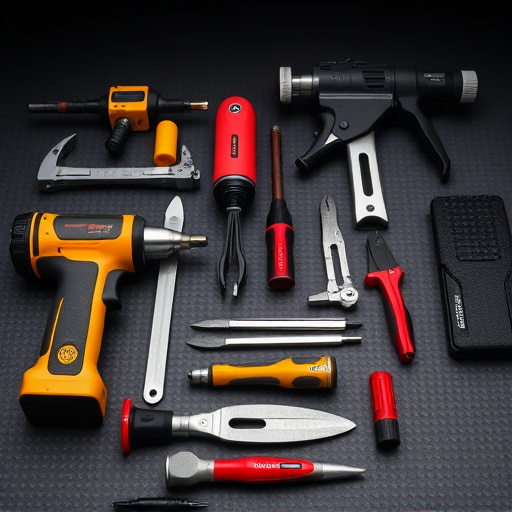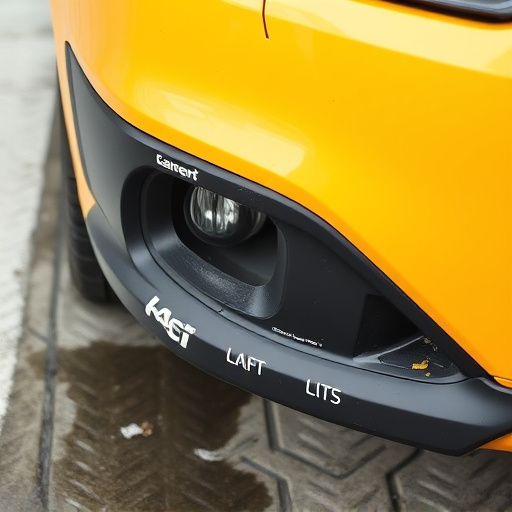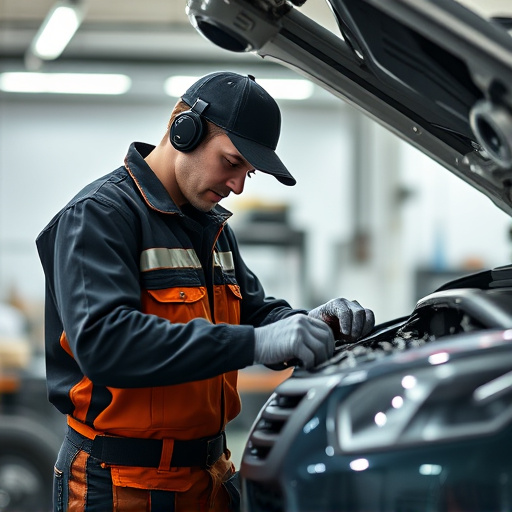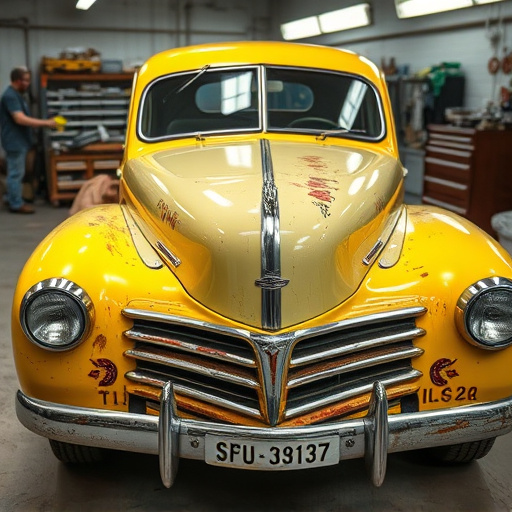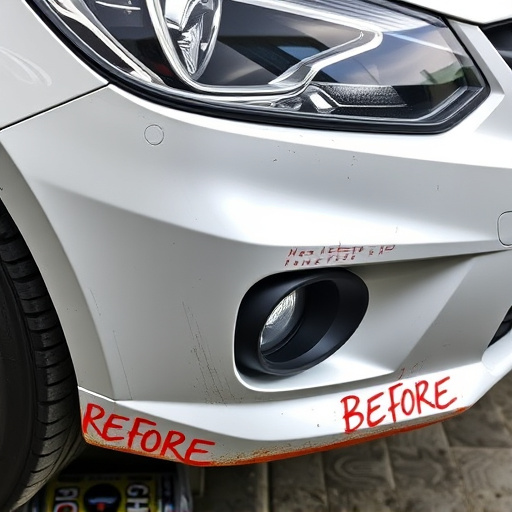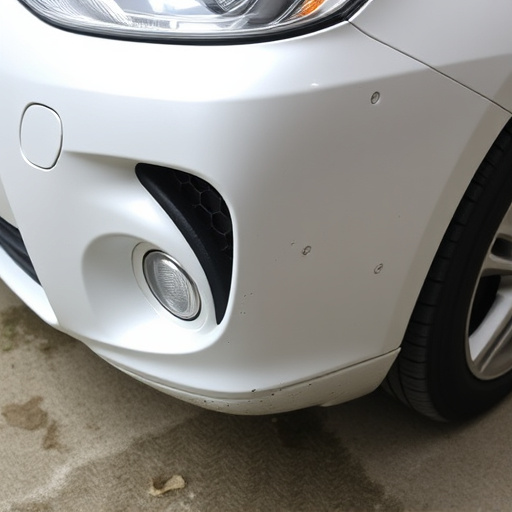Selecting the right seam sealer is vital for vehicle restoration, offering diverse solutions for gap sealing, structural support, and damage prevention. Butyl-based sealers are flexible and weatherproof, ideal for exterior metal joints, while silicone provides superior water resistance for damp areas. Restorers must consider climate, material, and protection needs to ensure long-lasting repairs, aesthetics, and prevent future issues like leaks, rust, or paint damage.
In the intricate art of vehicle restoration, every detail matters, and a crucial aspect often overlooked is the choice of seam sealer. This guide delves into the world of seam sealers, exploring their diverse types and extensive applications in automotive restoration. From understanding the fundamental differences between sealants to identifying suitable products for specific tasks, restorers can enhance their skills and achieve exceptional results. Discover the key to seamless (pun intended) restorations with this comprehensive overview of seam sealer types.
- Understanding Seam Sealer Types for Vehicle Restoration
- Common Applications of Different Seam Sealers
- Choosing the Right Sealer: A Guide for Restorers
Understanding Seam Sealer Types for Vehicle Restoration

Choosing the right seam sealer is a pivotal step in any vehicle restoration project, especially for classic car restoration enthusiasts. Different seam sealers cater to various needs, from sealing gaps and cracks to enhancing structural integrity and protection against elements. In the realm of auto repair shops, understanding these types is key to ensuring lasting repairs and restoring vehicles to their former glory.
When it comes to dent repair or addressing existing damage, specific seam sealers offer superior adhesion and flexibility. These properties are crucial for seamlessly integrating repairs and preventing future issues. Whether focusing on exterior body panels or interior seams, the right sealer type can make all the difference in a classic car restoration project’s outcome.
Common Applications of Different Seam Sealers

In the realm of vehicle restoration, choosing the right seam sealer is paramount to achieving a durable and aesthetically pleasing finish. For exterior car restoration, butyl-based sealers are popular for their flexibility and resistance to extreme weather conditions. These are often used in panel repairs and to seal joints, ensuring water doesn’t seep into the car’s body. In contrast, for more intricate and precise applications like restoring classic cars or fine automotive detailing, silicone-based sealers excel due to their high elasticity and transparency, preserving the original look while providing an effective barrier against moisture and UV rays.
Collision repair services often rely on versatile, all-purpose sealers that can handle various materials and surfaces. These are used in fixing dents, dings, and crimped panels, ensuring the structural integrity of the vehicle. Auto repair services also benefit from seam sealers for routine maintenance, preventing rust and corrosion by sealing gaps and cracks. In car restoration, where every detail matters, specialized sealers are employed to match original finishes precisely, contributing to a seamless and meticulous transformation.
Choosing the Right Sealer: A Guide for Restorers

Choosing the right seam sealer is a pivotal decision for any vehicle restorer, as it directly impacts the durability and aesthetics of the restoration project. The market offers various types, each suited to specific needs. For instance, butyl-based sealers are popular for their flexibility and resistance to weathering, ideal for metal joints exposed to outdoor elements. On the other hand, silicone sealers provide exceptional water resistance, making them perfect for areas prone to moisture, such as door seals or window frames in auto body shops.
Restorers should consider factors like climate, vehicle material, and desired level of protection when selecting a sealer. In car repair shops or auto body shops undertaking intricate auto painting projects, choosing the appropriate seam sealer can prevent future issues like leaks, rust, or paint bubbles, ensuring the restoration’s longevity and visual appeal.
Seam sealers play a vital role in vehicle restoration, offering both functionality and aesthetic benefits. By understanding the different types and their unique properties, restorers can ensure superior results in every project. Whether it’s butyl rubber for comprehensive sealing or silicone for weatherproofing, each sealer has its niche. With the right choice, vehicles can be restored to their former glory, showcasing seamless joints that stand the test of time and varying weathers.
